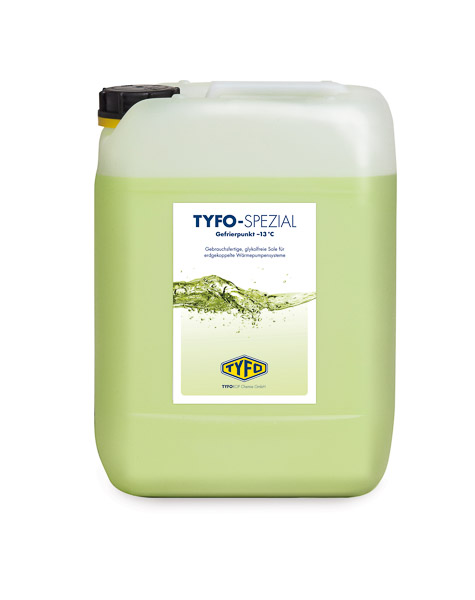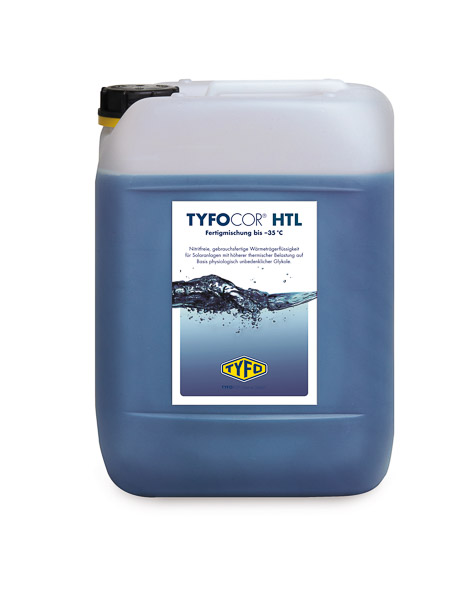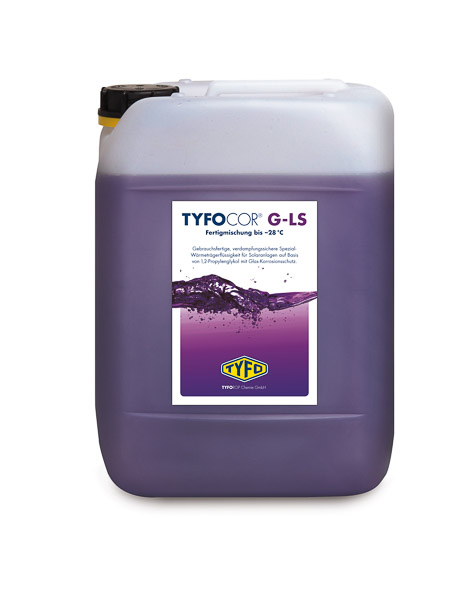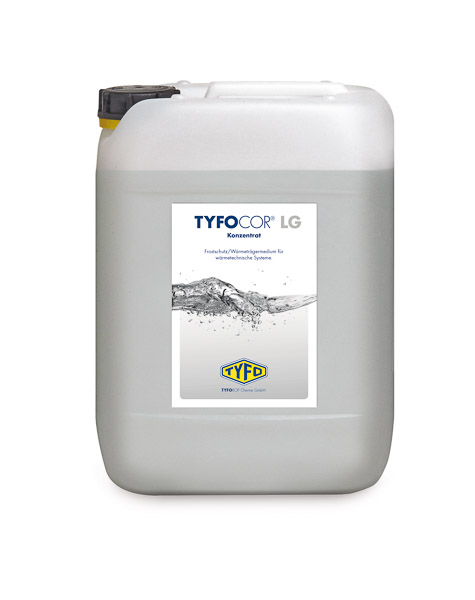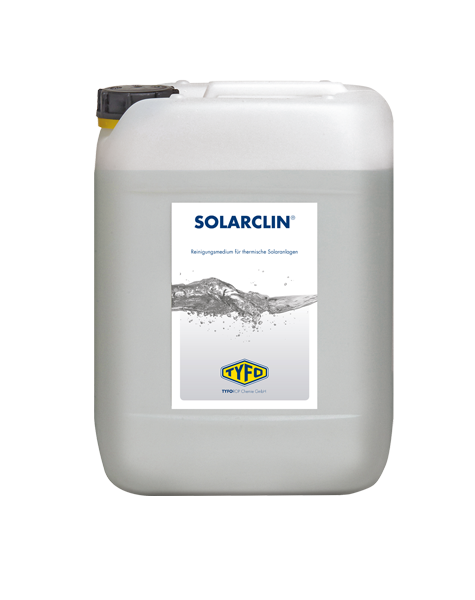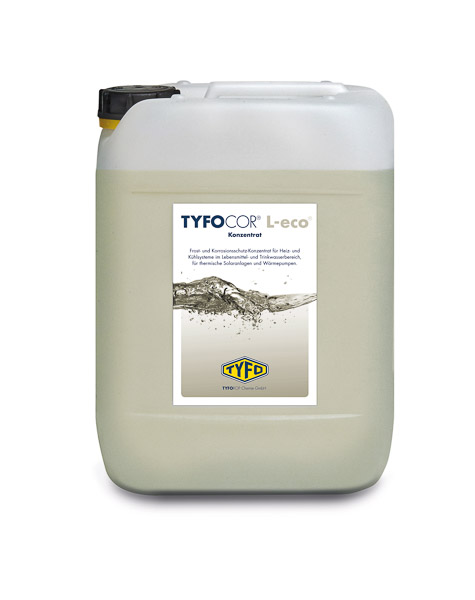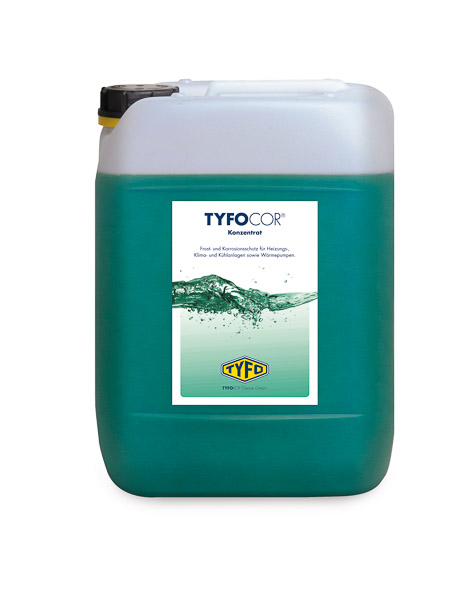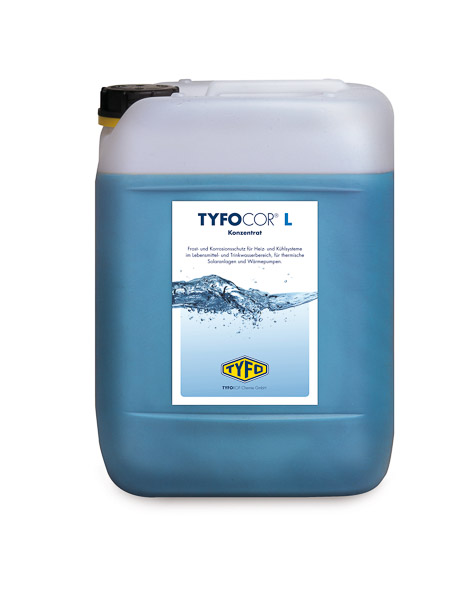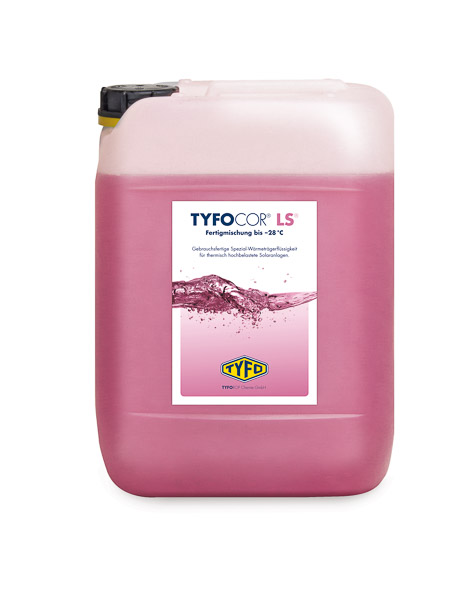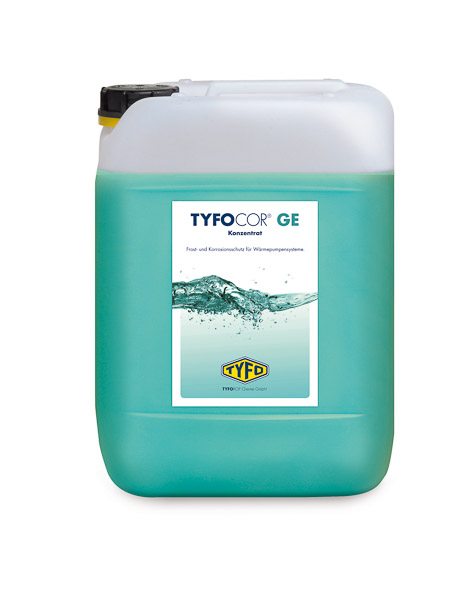Heat transfer in the extreme
TYFOCOR® 38 km above the Arctic
When the German Aerospace Center (DLR) and the American NASA observe ice clouds at an altitude of 83 km, everything needs to be flawless: meticulous preparations, perfect weather conditions and optimum equipment. In July 2018, the five-day “PMC Turbo” balloon mission was launched to analyse the mesopause atmospheric boundary layer. It provided researchers with in-depth insights into the dynamics of this remote region of our planet. Also on board: TYFOCOR® LS® Arctic.
Esrange, 8 July 2018, 7:27 a.m.: The stratospheric balloon slowly rises into the morning sky over Sweden. Top conditions for observing the noctilucent clouds over the next few days. Also referred to as ice clouds, these phenomena occur in the summer at high latitudes as soon as there is sufficient water vapour and temperatures fall below the freezing point. At the altitude of the summer mesopause, the coldest point in the Earth’s atmosphere about 85 km up, at approximately -120 °C.
The balloon will be aloft for five days, at an altitude of 38 km for the most part – floating over the Norwegian Sea, Greenland and the Davis Strait before it lands on Canada’s Baffin Island. At such high altitudes, the sky appears black, and thus offers optimum observation conditions for optical instruments. Only a rocket gets closer to the clouds than this, and then only for a few seconds.
Stratospheric balloon rises to an altitude of 38 km
Since helium is lighter than air, the balloon is subject to lift and ascends. When the air pressure decreases at higher altitudes, the helium expands in the balloon as it rises. The balloon therefore becomes fuller, the density of the air decreases and the lift drops. A balance is struck between the lift and the mass of the balloon and payload, which causes the balloon to stop rising once it is has reached an altitude of 38 km. At this altitude, the helium completely fills the balloon. Its volume has now reached a majestic diameter of approximately 100 metres; it drifts westward with the wind. It happens on Day Two above Greenland: the polar mesospheric clouds (PMCs) shimmer in silvery-white in the near-space atmospheric layer – a fascinating sight, which was observed from Earth for the first time in 1885. Noctilucent clouds are formed from ice crystals which condense on tiny meteor particles in the upper atmosphere. In the summer after sunset, they can be seen from the Earth’s surface from the edge of the polar regions all the way to northern Germany.
NASA observes with cameras
“Observations of noctilucent clouds are of great scientific interest since, under certain conditions, the ice clouds serve as tracers for air masses, and with high-resolution measurements of cloud altitude, for instance, it is possible to visualise small-scale air movements,” explains Dr Bernd Kaifler from the Institute of Atmospheric Physics at the German Aerospace Center (DLR). “This allows for conclusions to be drawn regarding the dynamics of the atmosphere at altitudes which would otherwise be quite inaccessible for scientific analyses.” The PMC Turbo payload on board contained seven high-resolution cameras from NASA with wide- and narrow-angle fields of vision for capturing the spatial structure of the noctilucent clouds. They take around six million high-resolution images with a data volume of 120 terabytes, with most of the images showing PMCs in various stages. Amongst other things, these images make it possible to reveal processes which lead to turbulence.
DLR transmits laser pulses with Lidar
DLR used the mission for a premiere; this was the first time a lidar system flew by stratospheric balloon. A lidar (light detecting and ranging) system is a measuring instrument for remote sensing of the Earth’s surface and atmosphere. Lidar transmits laser pulses to the noctilucent clouds.
The backscattered photons allow for accurate measurement of the vertical structure of clouds. For example, it is possible to see slightly luminescent ice layers which are more than five kilometres thick, or very thin, bright layers which are just a hundred metres thick, sometimes with several layers on top of one another. As a result of the slow movement of the balloon, the spatial development of these layers can be captured. “We know the 2D structure of clouds from camera images, but in order to fully describe the waves in the clouds, we need to accurately measure the height as well,” says Dr Kaifler, who developed the balloon lidar experiment. “From the lidar measurements, we can visualise the vertical structure of the waves, thus collecting important data which we would not have been able to derive from the images alone.” To date, similar instruments have only been used on the ground. Given a flying altitude of 38 km, the balloon lidar is roughly halfway to the clouds, resulting in a much better signal quality and thus higher resolution. “The balloon lidar was essentially similar to a satellite experiment, yet carried out on a much smaller budget,” explains Dr Kaifler.
TYFOCOR® LS® Arctic transfers heat out of the lidar pressure vessel
Developing a small and lightweight lidar instrument for use in a balloon gondola was not easy. Because of the thin air at the high flying altitude, the laser, detectors and electronics needed to be housed in a pressurised container. Moreover, in order to cool the laser and the electronics, a large radiator had to be developed to transfer the heat into space since there was not sufficient air available for cooling. The cooling system, consisting of a tank, pump, cooling plate and radiator, therefore had to be filled with 6 kg of coolant. Dr Kaifler and his colleagues entrusted this highly sensitive task to the TYFOCOR LS Arctic coolant made by Hamburg-based TYFOROP Chemie GmbH.

It was up to TYFOCOR LS Arctic to transfer the generated heat out of the pressure vessel and release it into space using an external radiator. “One major requirement on the part of the American NASA was that the coolant used was not permitted to pose a risk to the environment or persons in the case of leakage of the coolant,” Dr Kaifler explains as one of the reasons for opting for TYFOCOR LS Arctic. After all, it was developed on the basis of an aqueous solution of non-hazardous propylene glycol and is easily biodegradable.
Frost and corrosion protection up to -47 °C
“As a ready-to-use special-purpose heat transfer fluid, TYFOCOR LS Arctic provides frost protection up to -47 °C,” specifies Dr Marco Bergemann, Head of Marketing and Sales at TYFO. “The medium was specifically developed by us for use in solar units with high thermal loads located in extremely cold regions.”
The components used in the lidar cooling system that come into direct contact with the coolant, e.g. the cooling plate and pipes, are made of stainless steel as well as other metal alloys. “The concentration of corrosion inhibitors in TYFOCOR LS Arctic provides reliable, long-term protection of the various metal materials against corrosion, deterioration and encrustation even in the case of mixed installations. It keeps the heat transmission surfaces clean and thus ensures consistently high levels of efficiency,” explains Dr Bergemann.
Better understanding of turbulence in the atmosphere anticipated
“Using the findings of this mission, we will better understand turbulence in the atmosphere, as well as in oceans, lakes and other planetary atmospheres, and perhaps even improve weather forecasting,” hopes Dr Bernd Kaifler. “Understanding the causes and effects of turbulence helps us scientists to understand not only the structure and variability of the upper atmosphere. Turbulence occurs in all fluids in the universe and the findings will improve the modelling of all these systems. Of course, this is also the case for weather forecast models on Earth.”
After five days, at the end of the mission, the payload was separated from the balloon by means of a pyrotechnically operated device, which cut through the load-bearing steel cables. During the separation process, a cable ripped a hole in the balloon envelope so that the helium could escape. The balloon envelope dropped to the ground at full speed, while the payload attached to a parachute descended at a vertical speed of about 7 m/s, landing relatively softly in the Canadian Arctic. The instruments will partially be re-used and deployed in future missions – and TYFOCOR LS Arctic will surely be back on board for transferring heat.
More TYFO products
TYFO-SPEZIAL
For ground source heat pumps in water protection zones.
TYFOCOR® HTL
For high-temperature thermal solar systems.
TYFOCOR® G-LS
For glass tubes in high-temperature thermal solar collectors.
TYFOCOR® LG
For solar thermal systems in the American market.
SOLARCLIN®
Cleaning liquid for solar thermal systems.
TYFOCOR® L-eco®
For cooling, heating, solar, and heat pumps.
TYFOCOR®
For cooling, heating, and air conditioning systems including heat pumps and radiant heating systems.
TYFOCOR® L
For cooling, heating, solar, and heat pumps.
TYFOCOR® LS®
For high-temperature thermal solar systems.
TYFOCOR® GE
For ground source heat pumps, air conditioners, and turf heating systems.



